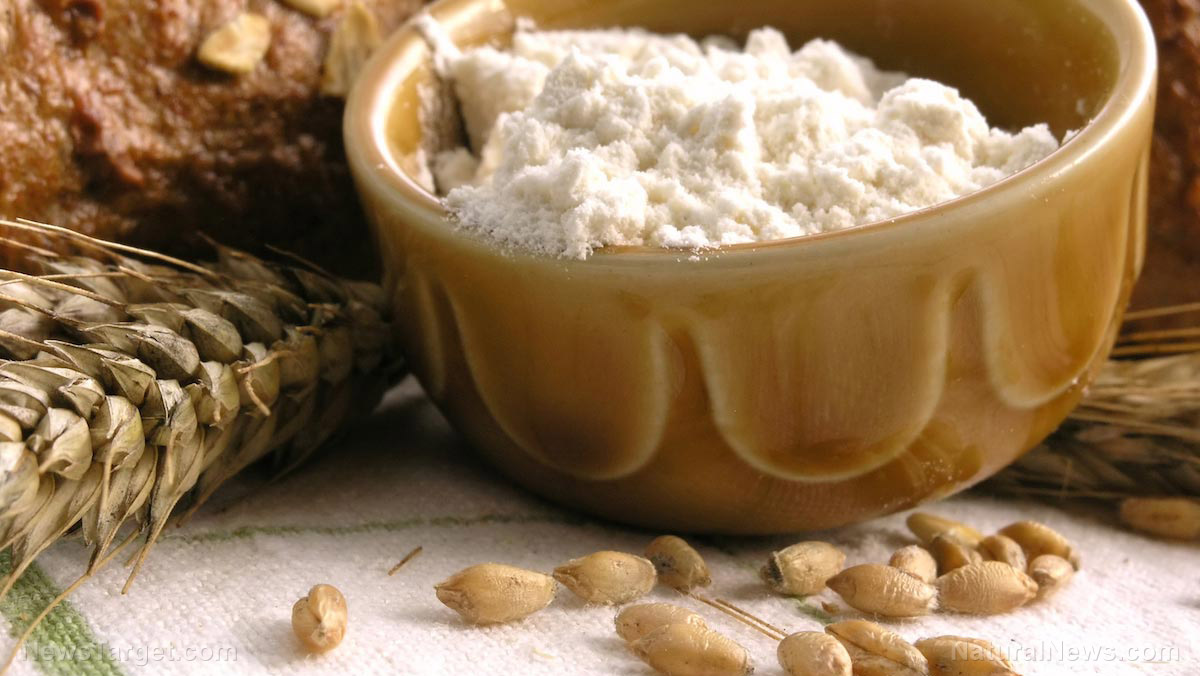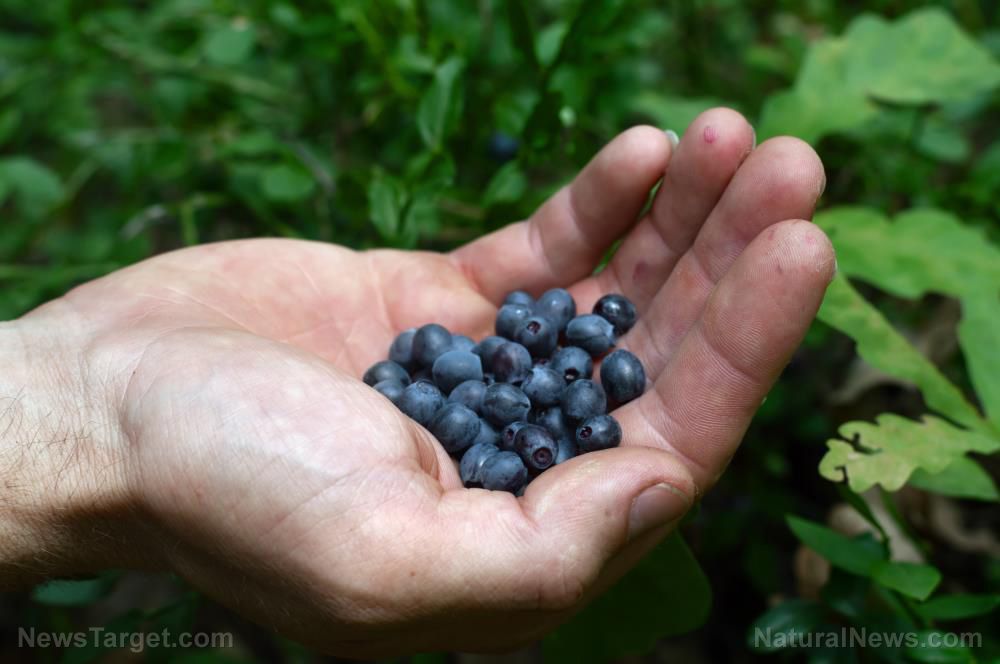
Advertisement
Bread is one of the very first foods prepared by humans. It has been around for about 30,000 years, with many studies showing that hunter-gatherers ground wild plants into flour to make bread.
Today, bread comes in just about every variety you can think of. And while bread is often made with grain-based flours, there’s no reason you should stick to those. When SHTF, bread will likely be one of the first products people snag at the grocery store. But if you know how to make your own bread, shortages won’t be an issue.
On that note, listed below are six wild plants you can grind into flour to make bread: (h/t to AskAPrepper.com)
1. Acorns
Acorns are easy to identify and forage for in the wild, and they are abundant in forests across the United States. Acorns are considered an emergency survival food, and they can also be made into a delicious flour for everyday use.
Unfortunately, acorns may take a while to process. They contain high levels of tannins – yellowish or brownish bitter-tasting organic substances – that need to be removed first. That can be achieved by boiling acorns several times, each time in a new pot of water.
Before boiling, however, acorns need to be shelled and then dried or roasted. Separate the shell from the meats inside after drying. The meats are what you’ll need to boil several times until they are edible.
2. Amaranth
Amaranth was grown as a grain crop in the U.S. in the late 1970s. Today, it’s seen as a weed because it grows in poor soil and weather conditions. Wild varieties of amaranth are called pigweed. Here’s a guide on how to correctly identify different pigweed species.
Hundreds of years ago, the Inca and the Aztecs grew amaranth for its seeds, which were then ground into flour. Take note that amaranth needs to be winnowed to remove any chaff (i.e., plant material and hulls) after harvesting before the seeds can be ground into flour.
3. Dandelion
Dandelions can be identified in the spring and summer by their round yellow flowers, which you can grind into flour. Some people also like to use acorn flour and whole dandelion flowers to make a loaf of wild bread.
4. Cattails
Cattails are unique-looking plants that emerge from creeping rhizomes. They are actually grasses. Many species of cattails can be found growing in the Northern Hemisphere all year round.
The pollen of cattail plants can be harvested and used as flour. Cattail roots are also high in starch. You can dry the roots and then grind them into flour, which is best used to make sweet-tasting bread and pastries.
5. Curly dock
Curly dock is a hardy weed that thrives in dry areas with poor soil. The leaves of this plant are long and narrow. They also often have wavy or curly edges, hence the plant’s common name. With curly dock, however, you’re really after the seeds. You need a serrated blade to harvest the seeds because curly dock stems are woody.
Like acorns, curly dock also takes a while to process. To start, rinse the seeds and then dry them in the oven for 15 minutes. Roast them for 15 more minutes to separate the chaff. Discard the chaff and grind the remaining bits into flour.
6. Crabgrass
Crabgrass is a plant with low-growing, widespread stems. It’s widely considered an invasive weed in the United States. But in some parts of Africa, crabgrass is actually a staple grain. The seeds of this plant can be ground into flour to make bread or used to make couscous or porridge. Crabgrass can even be fermented to make beer.
Bread is a staple food in nearly every culture around the globe. You can easily make your own using flour made from wild plants, too. Note that you’ll need to invest in a grain mill, as high-powered grinders and food processors may grind plants too roughly. They will also be no good without electricity.
Sources:
Advertisements







